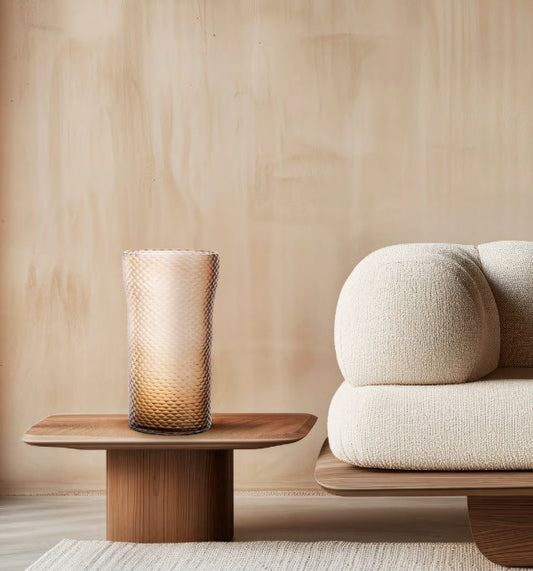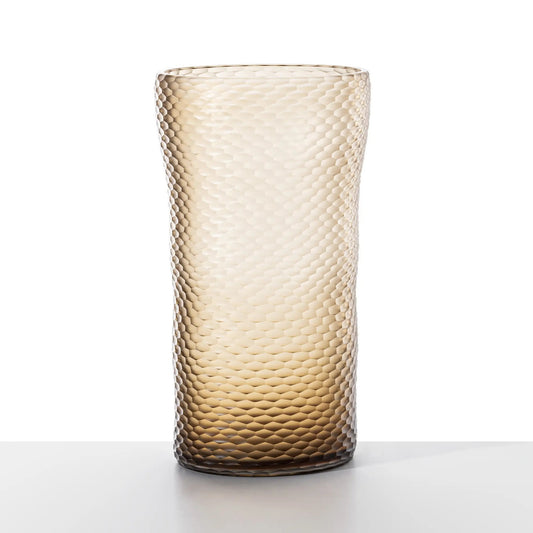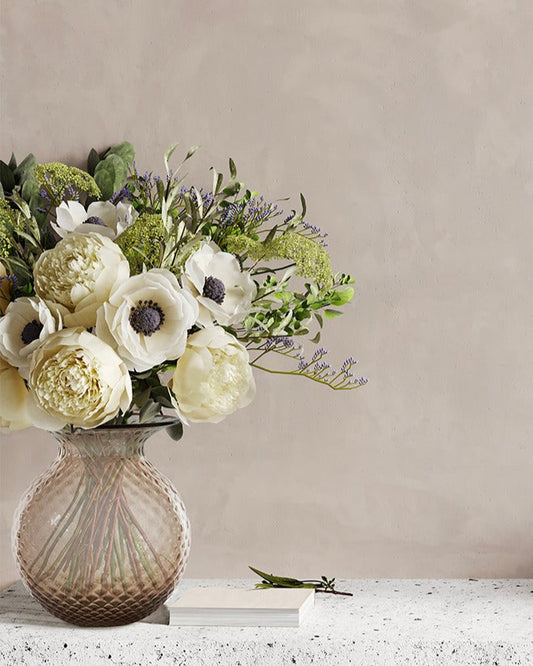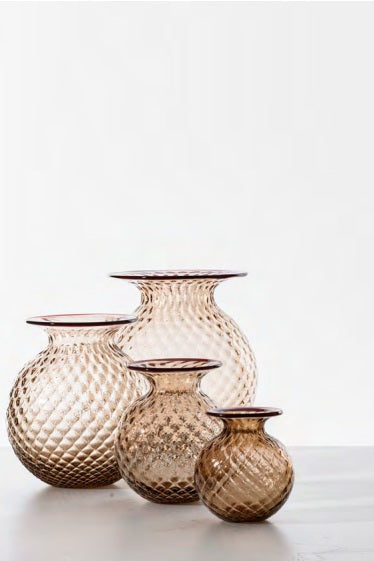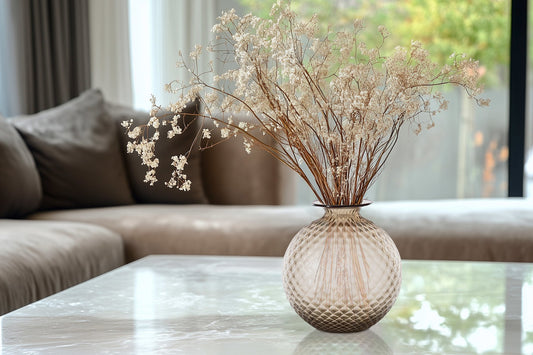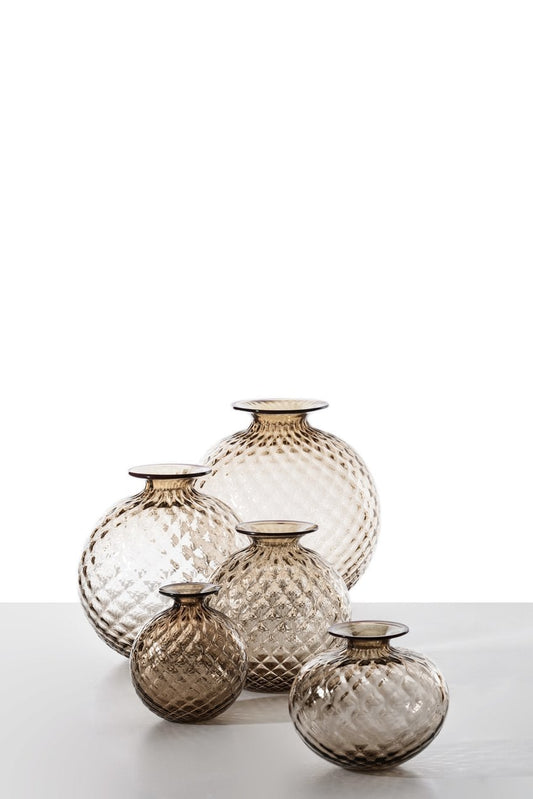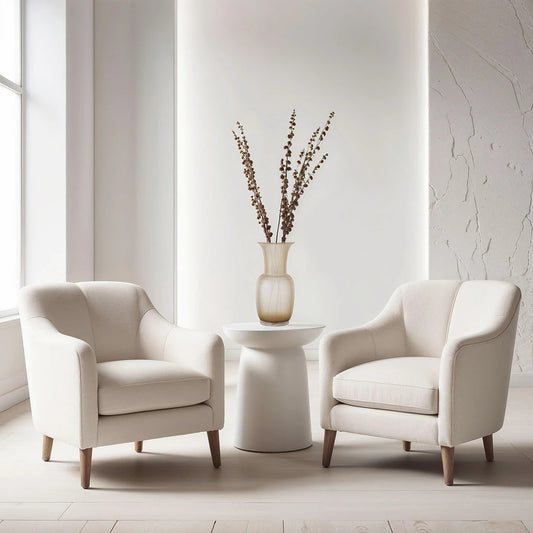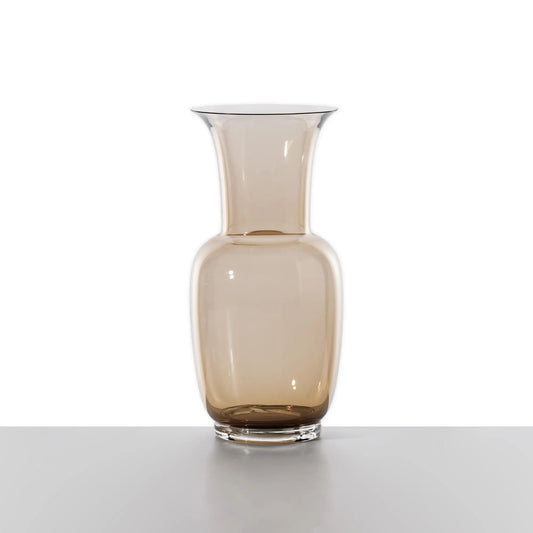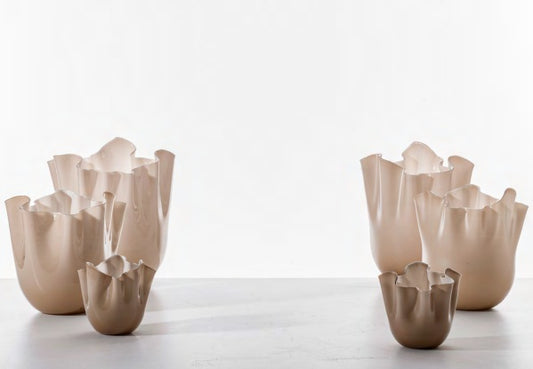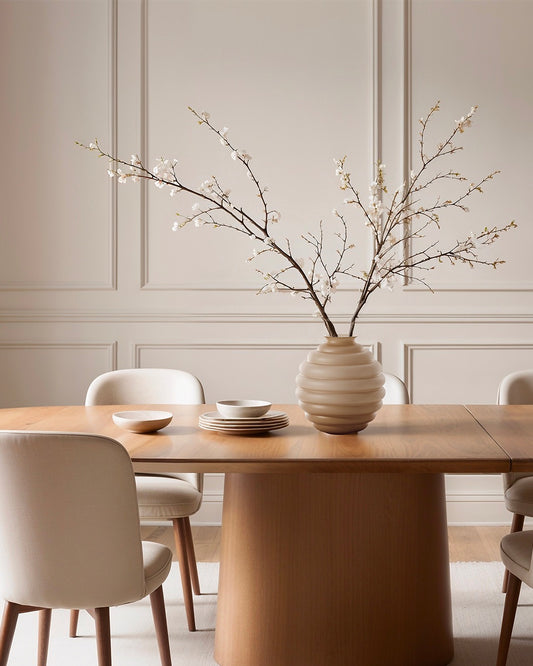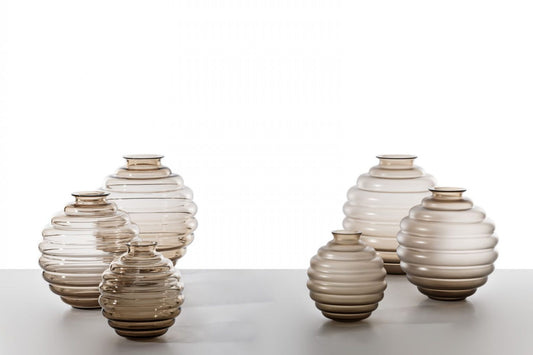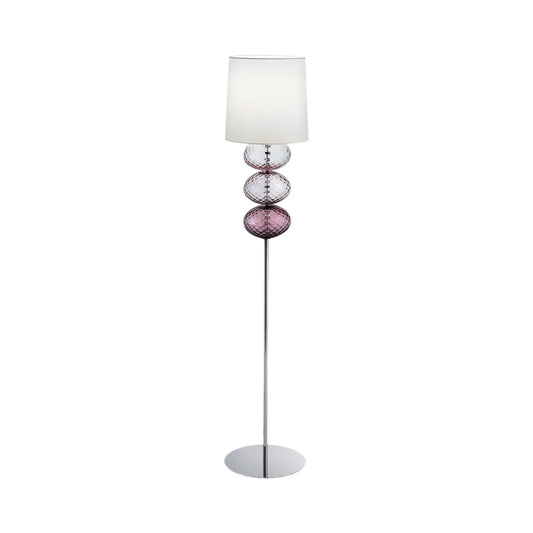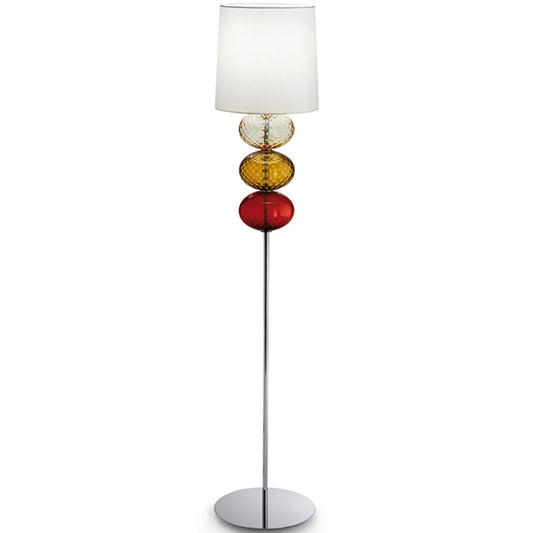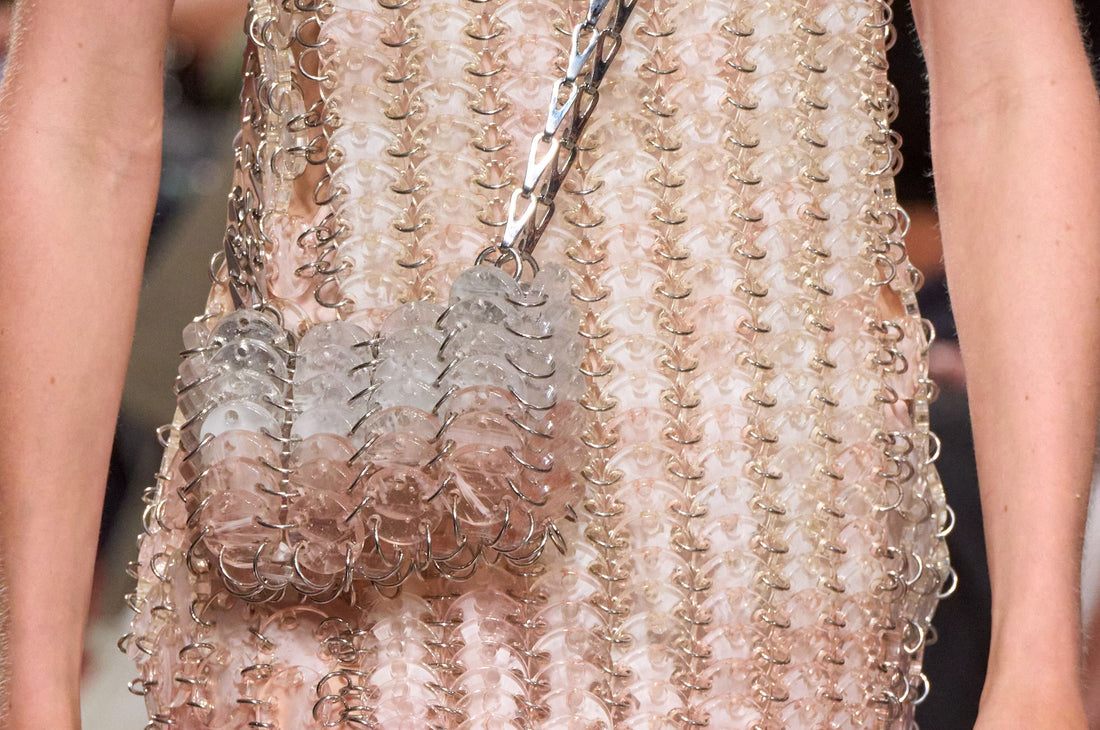
Paris Fashion Week’s Showstopper: Venini x Rabanne Bag
A Brief Look at Venini and Rabanne
Venini, an esteemed name in glassmaking, has been crafting Murano glass since 1921. Founded by Paolo Venini and Giacomo Cappellin, the Italian brand has maintained a reputation for blending tradition with artistic exploration. Known for working with artists and architects, Venini’s creations showcase a commitment to both heritage and modernity, making it a leading figure in the world of artistic glass.
Rabanne, on the other hand, is celebrated for its experimental approach to fashion, particularly its use of unconventional materials. The brand’s iconic 1969 bag first emerged over fifty years ago, inspired by the chainmail aprons worn by French butchers. Assembled by hand, the metallic bag became synonymous with avant-garde fashion, embodying Rabanne’s bold, forward-thinking aesthetic.
The 1969 Artisan Edition: Tradition Meets Innovation
The collaboration between Venini and Rabanne resulted in the 1969 Artisan Edition—a version of the original bag that now features handcrafted Murano glass links. Each bag is meticulously constructed using 240 individual discs, with 40 pieces in six different colors, forming a beautiful gradient that transforms with every angle of light. This intricate detail showcases Venini’s craftsmanship and elevates Rabanne’s iconic design with a new layer of artistry.


The bag is more than a fusion of two brands; it represents how craftsmanship and design can coexist without overpowering one another. Venini's dedication to refined glass artistry complements Rabanne's avant-garde style, resulting in an accessory that feels both familiar and fresh. It’s a collaboration that speaks to the strengths of both brands, presenting a piece that is understated yet undeniably striking.


The Venini x Rabanne 1969 Artisan Edition isn’t just a fashion accessory; it’s a thoughtful blend of history, craftsmanship, and modern design. With its 240 glass discs in a spectrum of six colors, the bag stands as a testament to how two distinct worlds can come together to create something unique, proving that true collaboration lies in the balance of tradition and innovation.

